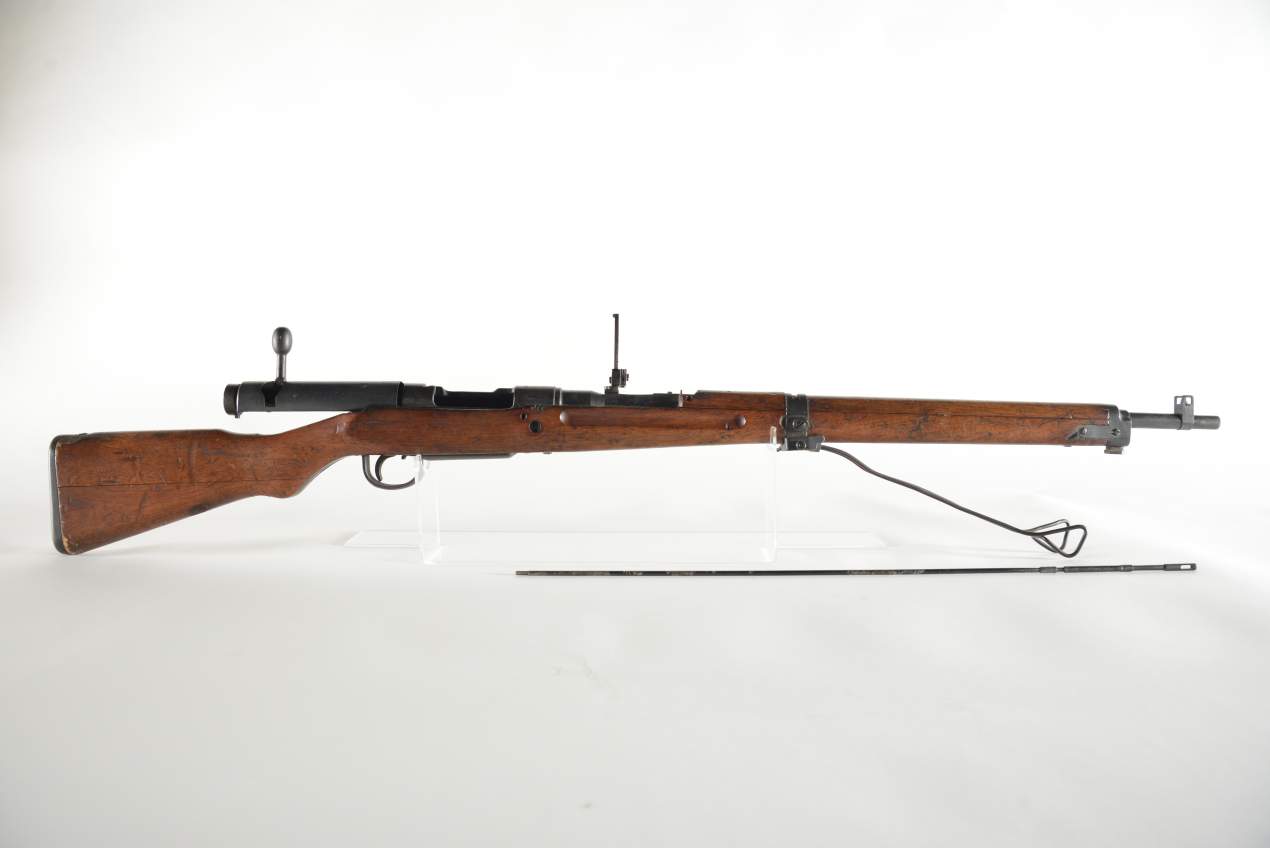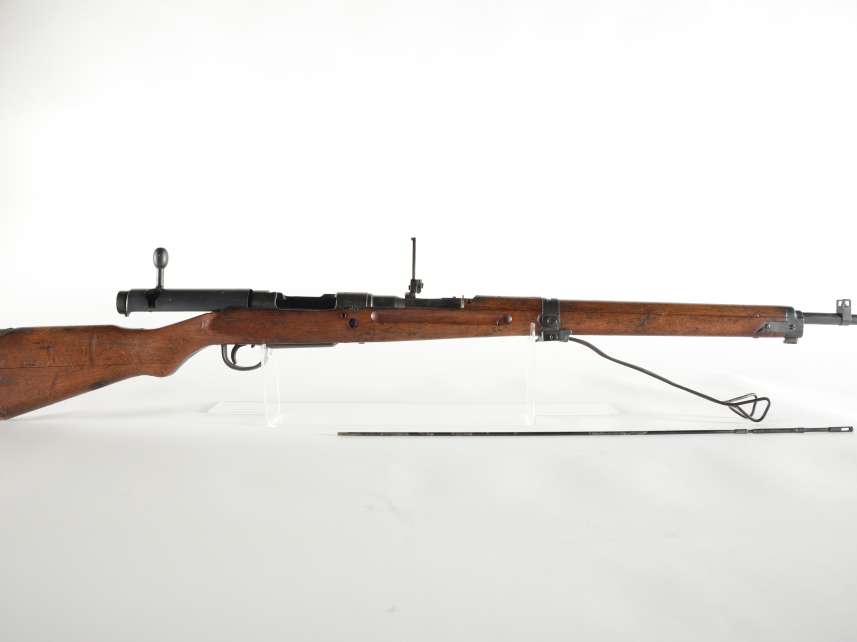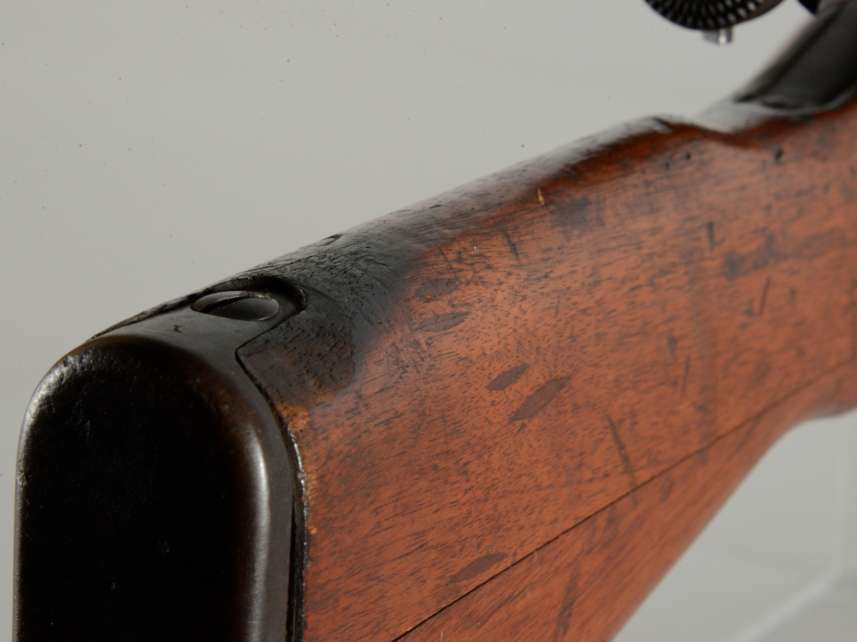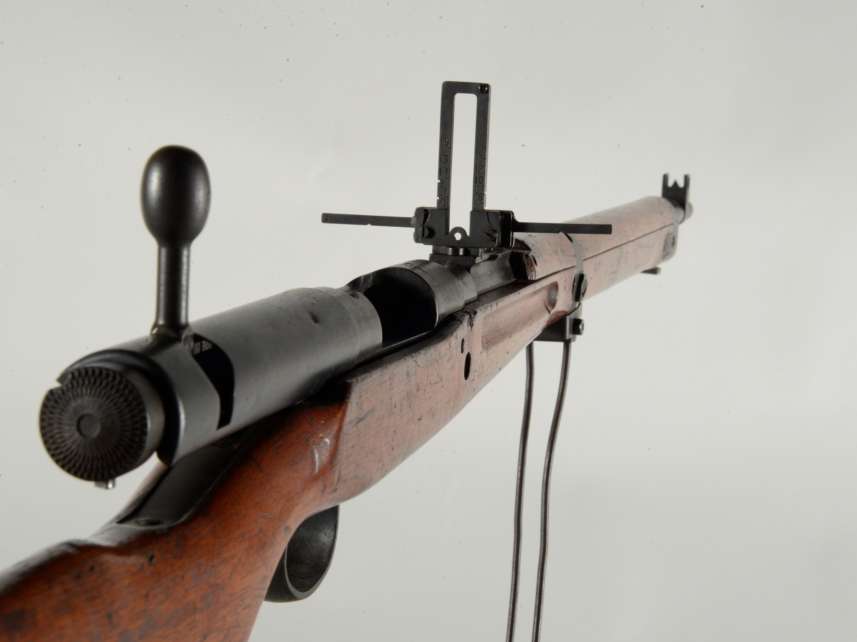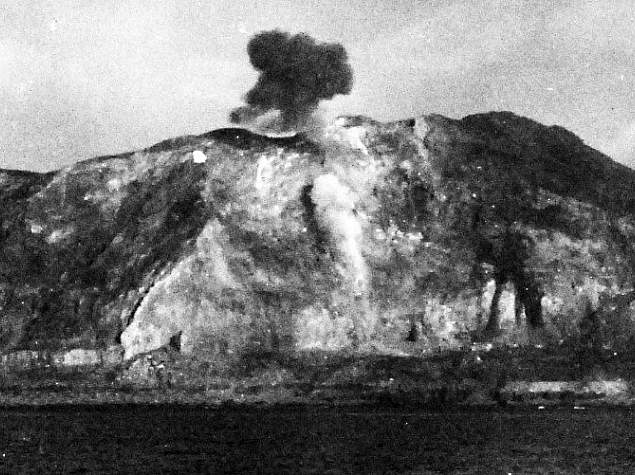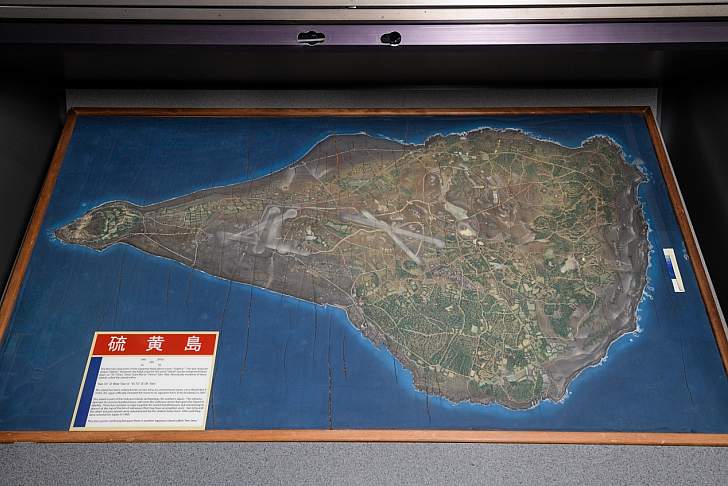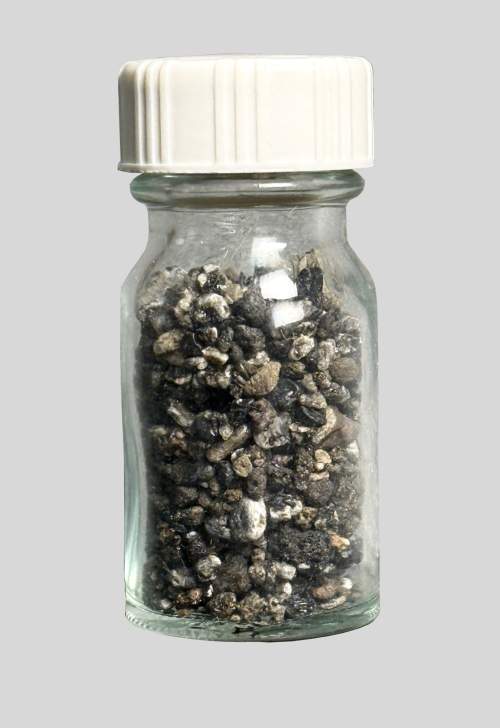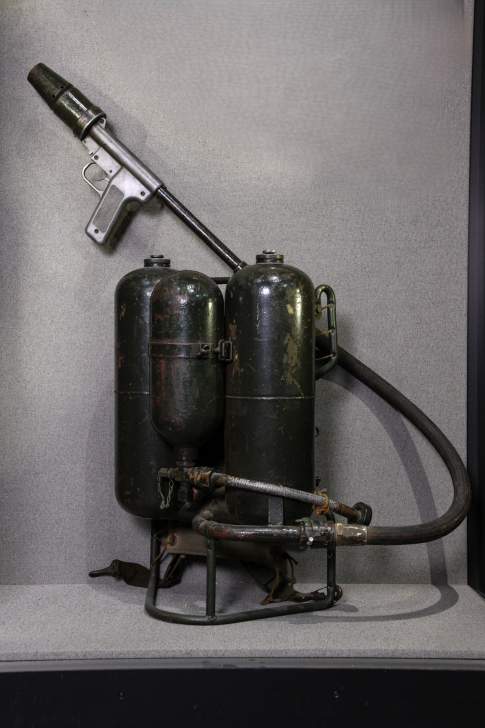Type 99 Arisaka rifle picked up by John Thomas DeBrular of the 62nd Naval Construction Battalion. He obtained the rifle after the banzai charge launched by the Japanese on the night of 25 March 1945. Although General Kuribayashi had forbidden suicide tactics during the defense of Iwo Jima, by late March it was clear they would lose the island. One final banzai attack of over 300 men was launched in an attempt to land one last blow for the Emperor. The Japanese soldiers carefully assumed their positions during the night and attacked while it was still dark, taking the Americans by complete surprise. General Kuribayashi himself was killed the same night as the attack, although accounts differ as to whether he took his own life or was killed by American artillery. The banzai charge resulted in the deaths of over 100 Americans, with 200 more wounded.
This rifle belonged to a Japanese soldier killed in the banzai charge. During the attack, the soldier was hit by a flamethrower, resulting in the charring on the rifle stock.

